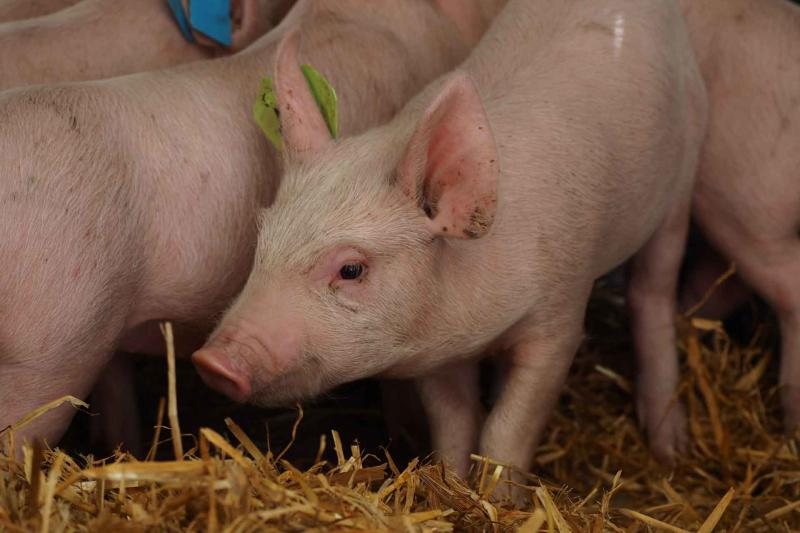
Scientists have generated a nearly complete genome assembly for an inbred domestic pig breed, enhancing the animal’s potential use as a biomedical model for better human and animal health.
Derived from the domestic Large White pig breed, the highly inbred Babraham pig, first developed in the UK 50 years ago, is genetically uniform across important immune-related gene complexes, allowing for greater reproducibility in immunological studies.
In addition to the genome assembly, researchers also developed a transcriptome atlas of the Babraham pig - a collection of data that provides information about gene expression patterns across different tissues within an organism.
Researchers hope the new findings will provide future insight into viral diseases that infect pigs like African swine fever and influenza.
The findings may also inform studies into zoonotic diseases, which pass from animals to humans, whilst the genetic uniformity of Babraham pigs could also be utilised for xenotransplantation studies.
Dr John Schwartz, from the UK-based Pirbright Institute, which researches viruses in farm animals, said: “Once we had generated the genome assembly and assessed likely sources of error, we compared uniformity across the genome with another Babraham pig.
"Gene transcription data was then used from multiple tissues to investigate gene content and usage within several immune-related gene complexes.
“This enabled us to confidently characterize and annotate genes involved in immune responses within the Babraham pig, and compare these to other genomes to gain insight into their evolution and impact on health.”
The study showed the quality and completeness of the genome assembly was likely aided by the high amount of inbreeding present in Babraham pigs.
Pigs, like humans, are diploid, meaning that they have two slightly different copies of their genome – one from each parent.
In highly inbred individuals, these two copies are more similar. This genetic uniformity makes it easier to piece together because there are fewer differences to account for between the two copies.
Dr Schwartz added: “We believe this new genome assembly and transcriptome atlas will further enhance the utility of the Babraham pig as a biomedical model.”
